For some parents, going back to work after having a baby feels like a breath of fresh air, a return to normalcy. Others may simply view it as a duty and feel anxious or sad about leaving their baby in someone else’s care.
And you may feel both things at the same time—the sense of freedom and remorse aren’t mutually exclusive. Wherever you fall on this spectrum, one thing’s certain; employment shouldn’t preclude you from the opportunity to feed your baby breast milk.
Yet, for many parents, it does. Even in this day and age.
But take heart! The World Alliance for Breastfeeding Action (WABA) is advocating to make breastfeeding-friendly environments the norm in post-pandemic work life, beginning with World Breastfeeding Week 2023.
This year’s theme is “Enabling Breastfeeding: Making a Difference for Breastfeeding Parents,” focusing on the impact employment has on breastfeeding rates. WABA is calling on governments, workplaces, communities, and parents to work together toward better parental social protection policies that create and sustain breastfeeding-friendly workplaces for every parent, everywhere.
What are WABA and its allies up against? So, so many challenges.
Balancing a fulfilling career and a successful breastfeeding journey is a juggling act, even in the best of circumstances. But it can feel insurmountable when parents are forced to navigate:
The current workplace culture surrounding breastfeeding is generally quite unsustainable, a fact that was highlighted by the impacts of the COVID-19 pandemic. So it should come as no surprise that workplace challenges are the number one reason that parents never breastfeed and that 60% breastfeed for a shorter duration than they intended to.
There’s a great need for more support.
The global movement to support working parents who breastfeed is growing as employers increasingly understand the benefits of encouraging breastfeeding, such as:
Still, parents in all professions need more protection.
According to the World Alliance for Breastfeeding Action (WABA), only 43 countries (less than one quarter) currently require workplaces to provide the necessary facilities for a breastfeeding-friendly workplace.
Despite the fact that women with less than three months of maternity leave report shorter breastfeeding duration, some countries—including the United States—do not guarantee any paid maternity leave for parents. And while unpaid leave is available for some, most parents can’t afford to go weeks or months without pay.
Breastfeeding rates are higher in areas when breastfeeding parents are protected by legislation. Working parents’ breastfeeding rights vary from country to country, but should include:
While there is still much work to be done, many countries have enacted laws that offer at least some rights for parents who pump at work.
The PUMP Act in the United States extends previous protections, requiring employers of all sizes to provide unpaid breaks and a private location for parents to express milk (it can’t be a bathroom).
The UN Convention on Maternity Protection requires ratifying countries (not including the U.S.) to provide at least 14 weeks of paid maternity leave, as well as paid breaks for breastfeeding parents. It also requires employers to provide a private and hygienic space for parents to express milk.
While employers should provide support for pumping parents, not all of them do. If your return date is approaching—or if you’re feeling inspired to advocate for yourself as a breastfeeding parent in the workplace—it's important to be proactive. Here are six steps you can take to get ready.
What are your company's breastfeeding policies? What legal rights are offered to breastfeeding parents where you live?
Familiarizing yourself with this information will help you understand what accommodations you are entitled to, such as break time for pumping or a private place to pump. If your company doesn’t have a policy, ask them why not.
Don’t wait for your employer to offer support on their own. Instead, request a time to talk with your supervisor about your breastfeeding needs. Inform them of your rights under the law and request any accommodations you may need to pump successfully.
If your employer refuses to provide you with a breastfeeding-friendly environment, know your options. You may be able to take legal action.
As you prepare to return to work, get familiar with your breast pump. Try adding one or two pumping sessions after feeds. Over the course of several weeks, you can build up a small stash of breast milk so that you won’t need to worry about running out.
Research shows that receiving in-depth prenatal and breastfeeding education can help you reach your breastfeeding goals, so schedule a preventive care appointment with an IBCLC.
Take advantage of this opportunity to talk through potential challenges of being a working parent and prepare yourself with the strategies you’ll need to succeed on your breastfeeding journey.
When it comes to maintaining your breast milk supply (and sanity) as a working parent, self care is crucial.
At home, ask your partner to share in care and household tasks. When you’re able, make time for exercise that feels good and aim to consume a healthy diet with plenty of fruits and vegetables.
At work, seek out a comfortable place to pump, such as a private office, a lactation room, or even a closet. Bring snacks and drinks with you, so that you can stay hydrated and energized during pumping sessions. If you’re finding it difficult to relax or initiate a let down, looking at a picture of your baby or smelling an article of their clothing may help.
Are there other parents at your workplace who have breastfed or pumped? Talk with them about your needs, and ask whether they have suggestions for pumping successfully at your company.
You might also consider joining a local or online support group for breastfeeding parents who work.
Regardless of their employment situation, all parents should have the opportunity to feed their babies breast milk. That's why Nest Collaborative offers a variety of services to support breastfeeding parents at home and in the workplace—including preventive lactation care and return-to-work planning.
We also partner with employers to make evidence-based telehealth lactation support available at no cost to their employees.
Our compassionate IBCLCs know that every person’s breastfeeding journey is different, and we’re committed to developing a personalized plan that supports both your breastfeeding goals and work-life balance.
At Nest Collaborative, our unbiased, evidence-based, multilingual team increases access to lactation support by providing virtual appointments, offering flexible appointment windows and assisting patients with insurance billing.
Schedule your convenient online video appointment with a Nest Collaborative IBCLC today
